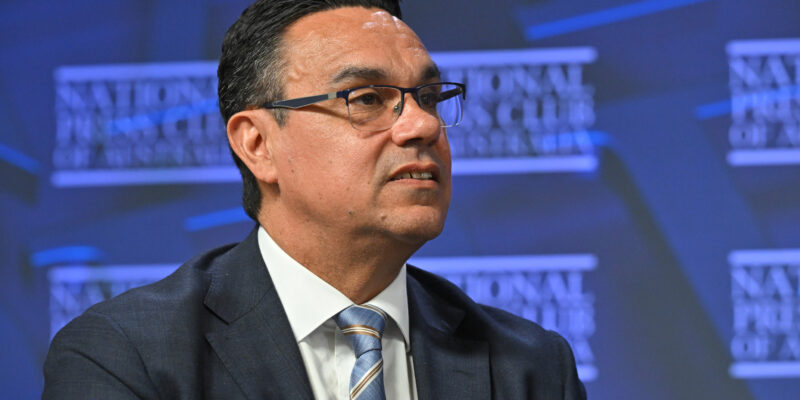Tranche 2 AML: red letter day may mean red ink for sector
The laws to combat money laundering through real estate are coming and professionals in the property sector need to get themselves ready to manage the change. It’s a necessary evil but it could also be costly.

IF they still use wall calendars, most conveyancers, solicitors and real estate agents will, or should, have a big red circle drawn around July 1, 2026.
That’s the date the federal government’s Tranche 2 AML/CTF (Anti Money Laundering and Counter Terrorism Financing) obligations come into effect.
Property professionals and others like accountants will need to register with AUSTRAC, develop an AML program, appoint a compliance officer, vet and train staff, conduct due diligence (KYC) on clients, and be prepared to report suspicious activity.
Professional bodies have generally welcomed the new regime but question the cost, complexity and workload.
According to one government estimate, the proposals could cost affected businesses a total of $1.85 billion annually over the next 10 years. Others suggest $10,000 a year for a small to medium business.
Chris Tyler, CEO of the Australian Institute of Conveyancers NSW, says we can only guess for now but he’s hearing of maybe $5,000 a year for a small firm.
“One member I’ve spoken to has six staff,” he says. “They’ll all need training.
“At the top end you could be talking millions. I know of one large law firm that’s putting on 20 people to handle its AML program.”
Then there are the mandatory independent reviews of your program, maybe once every three years. $1,000 has been floated as a likely cost.
The Law Society of NSW says it, and the Law Council, are “actively engaged” in talks with AUSTRAC.
“These consultations will help ensure that AUSTRAC understands the impact of these reforms on the solicitor professions,” a spokesperson said.
The Law Society and AICNSW are among many professional bodies gearing up to provide advice and training.
“We’re here to support our members,” says Chris Tyler. “Helping them to cope with the coming changes is a key effort.”
There are several third-party consultants offering to shoulder much of the workload, for a fee. “They’re all out there trying to hawk their wares,” adds Tyler.
AUSTRAC acknowledges the potential benefits and efficiencies of using an outside provider, but cautions, “It is ultimately your responsibility to ensure that any third parties your business engages are suitably qualified and experienced.”
In other words, the buck stops with your firm.
It could all be overwhelming. A recent survey found 78% of conveyancers and lawyers felt unprepared for the changes.
But the good news is, the conveyancing and legal industry’s tech partners are working on automated solutions. much like the software already used for title searches.
Those compliance tools could include financial background checks on potential clients, and screening of PEPs or Politically Exposed Persons.
The government agency administering the new regime has lots of useful information on its website but, “AUSTRAC does not provide AML/CTF program templates.”
What it does provide, are stern warnings against non-compliance.
Corporate penalties for breaches of the ALM/CTF Act can be huge. For example:
- In 2020, Westpac agreed to pay $1.3 billion, the highest civil penalty in Australian history.
- In 2018, the Commonwealth Bank was pinged for $700 million.
- In 2015, Tabcorp was ordered to pay $45 million.
Casinos, clubs, betting companies, pawnbrokers, money remitters and currency exchanges have also been hammered with fines, enforceable undertakings and infringement notices.
The maximum penalties are 20,000 units for an individual, 100,000 units for a body corporate. That’s currently $6.2 million or $31.3 million per offence. (Westpac copped to 23 million offences.)
Firms will face fines of $19,000 per day if they provide a service before enrolling.
At the lower end of the scale, AUSTRAC can order a company to appoint an external auditor – a still not inconsiderable burden.
So, while the costs of compliance may be high, the costs of non-compliance can be far greater.
Industry leaders urge practitioners to keep calm – but start now.






